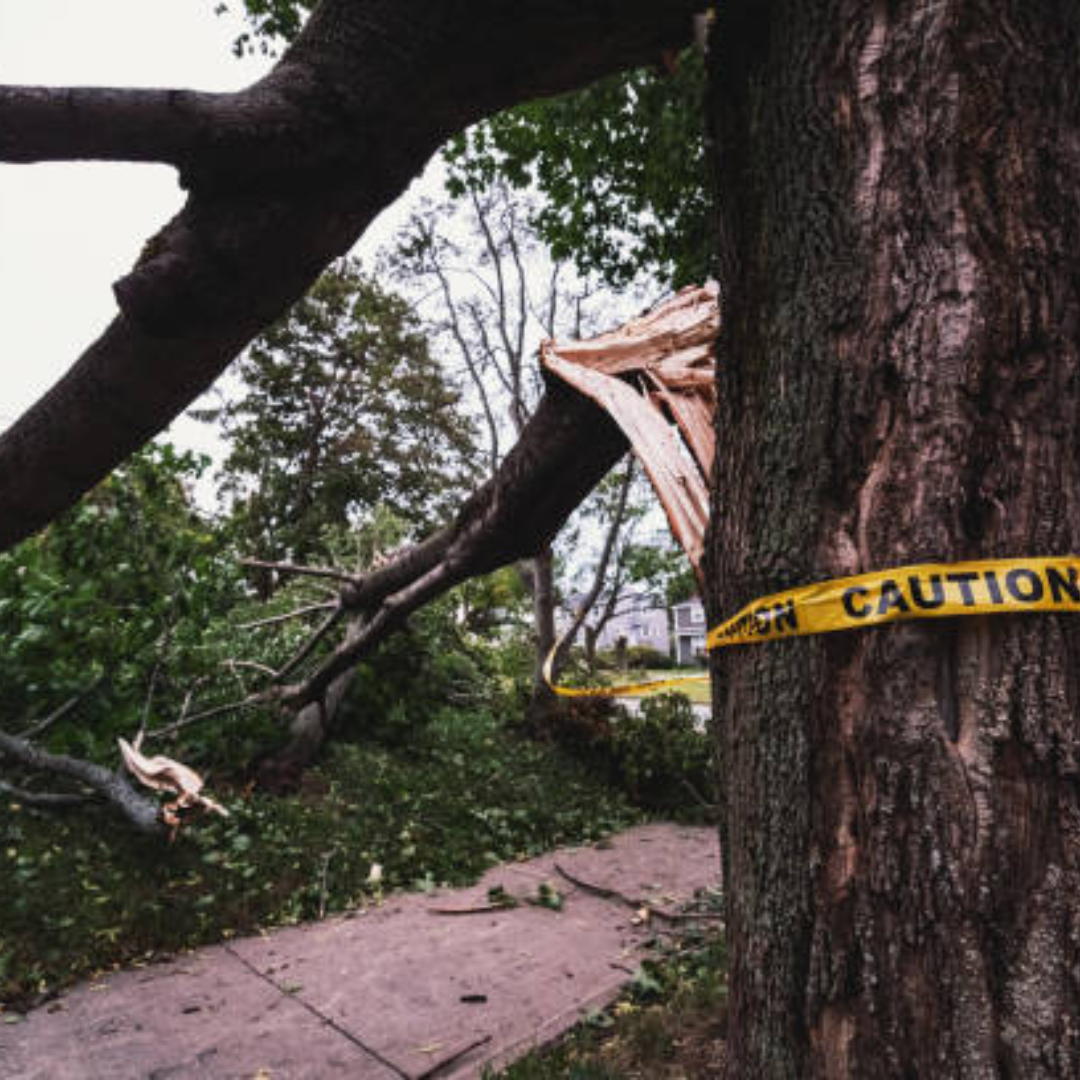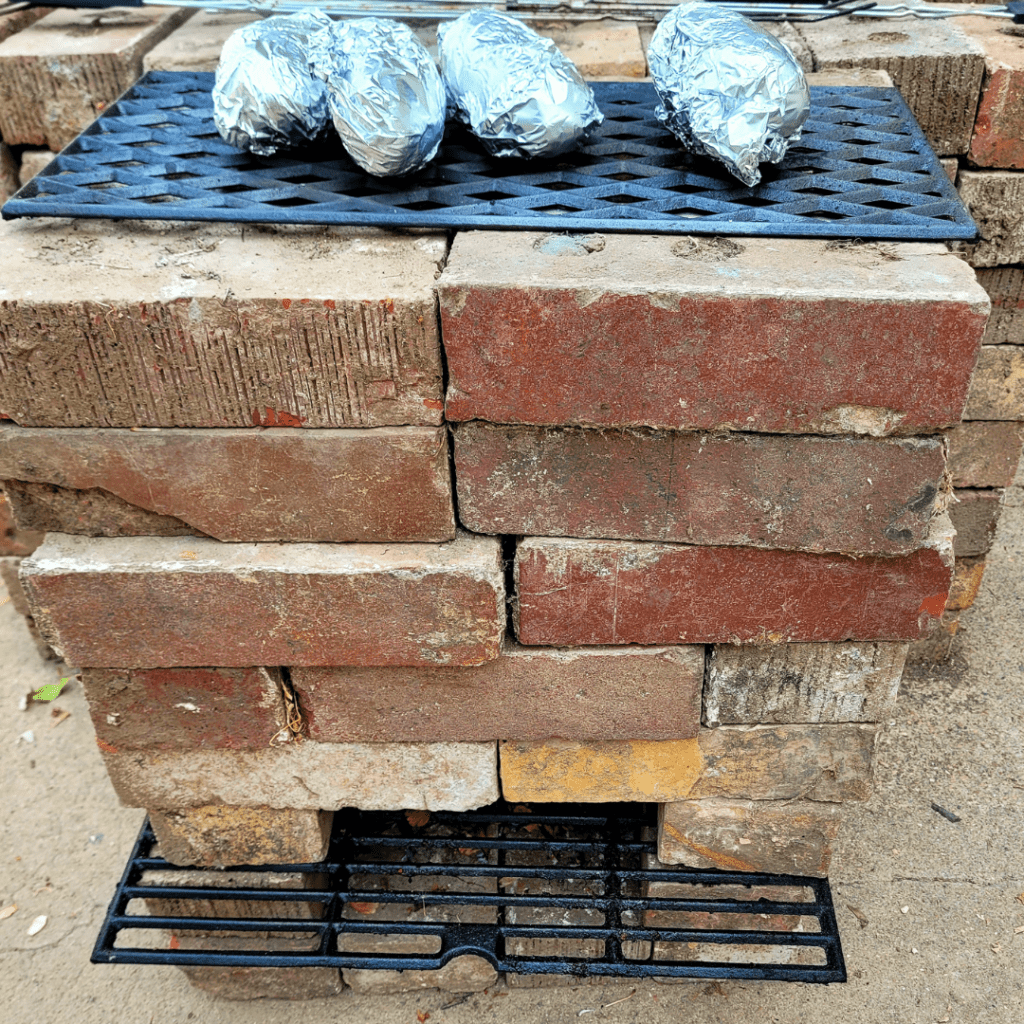Protect your loved ones with a well-prepared emergency action plan. Learn step-by-step strategies, essential supplies, and practical tips to keep your family safe and ready for any crisis.
We’ve all experienced unexpected events that disrupt our normal routine, whether it’s a severe storm, power outage, or something more serious. In those moments, having a well-crafted emergency action plan can make a world of difference for you and your family. Imagine being able to navigate through a crisis with confidence, knowing exactly what steps to take and resources to rely on.
According to the Federal Emergency Management Agency (FEMA), nearly 60% of Americans lack an emergency plan for their households. This alarming statistic highlights the importance of being proactive and prepared for any potential emergency situation. By taking the time to create a comprehensive plan, you can significantly increase your family’s safety and resilience.
In this blog post, I’ll guide you through the process of crafting the ultimate emergency action plan tailored to your family’s needs. You’ll learn how to identify potential risks, assemble essential supplies, develop emergency procedures, and involve your community in the planning process. With a solid plan in place, you’ll have the peace of mind of knowing that you and your loved ones are better equipped to handle whatever challenges may arise.
So, let’s discuss this topic in detail and explore the steps to creating a robust emergency action plan that can protect your family and provide a sense of security in times of uncertainty.
This is a pinnable post. Tap or hover over any image in this post to pin to your Pinterest Boards.
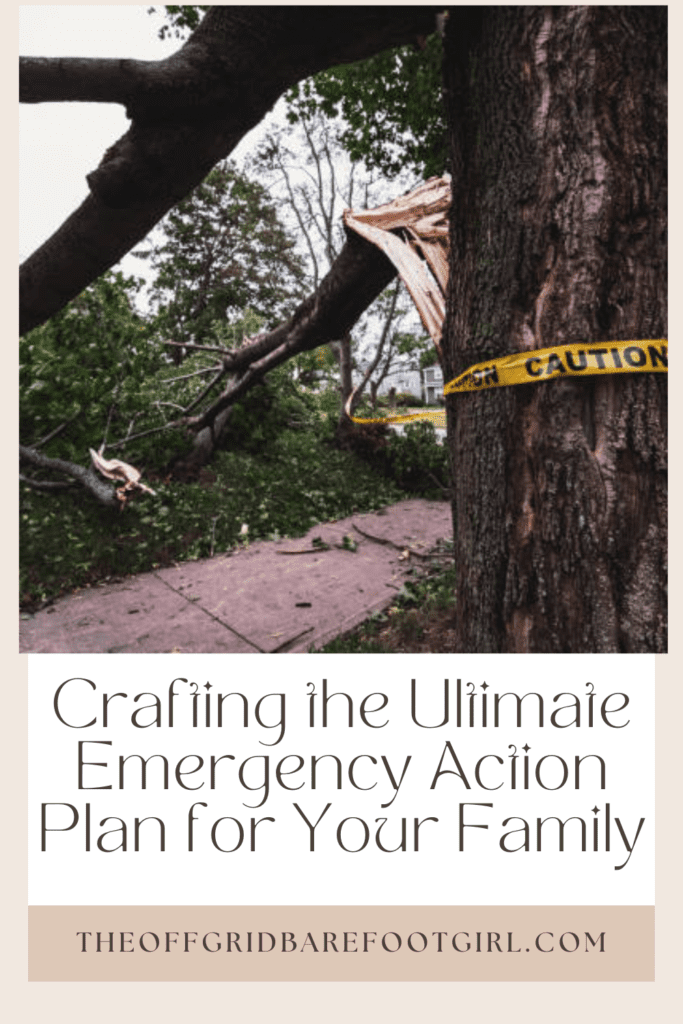
What is an Emergency Action Plan?
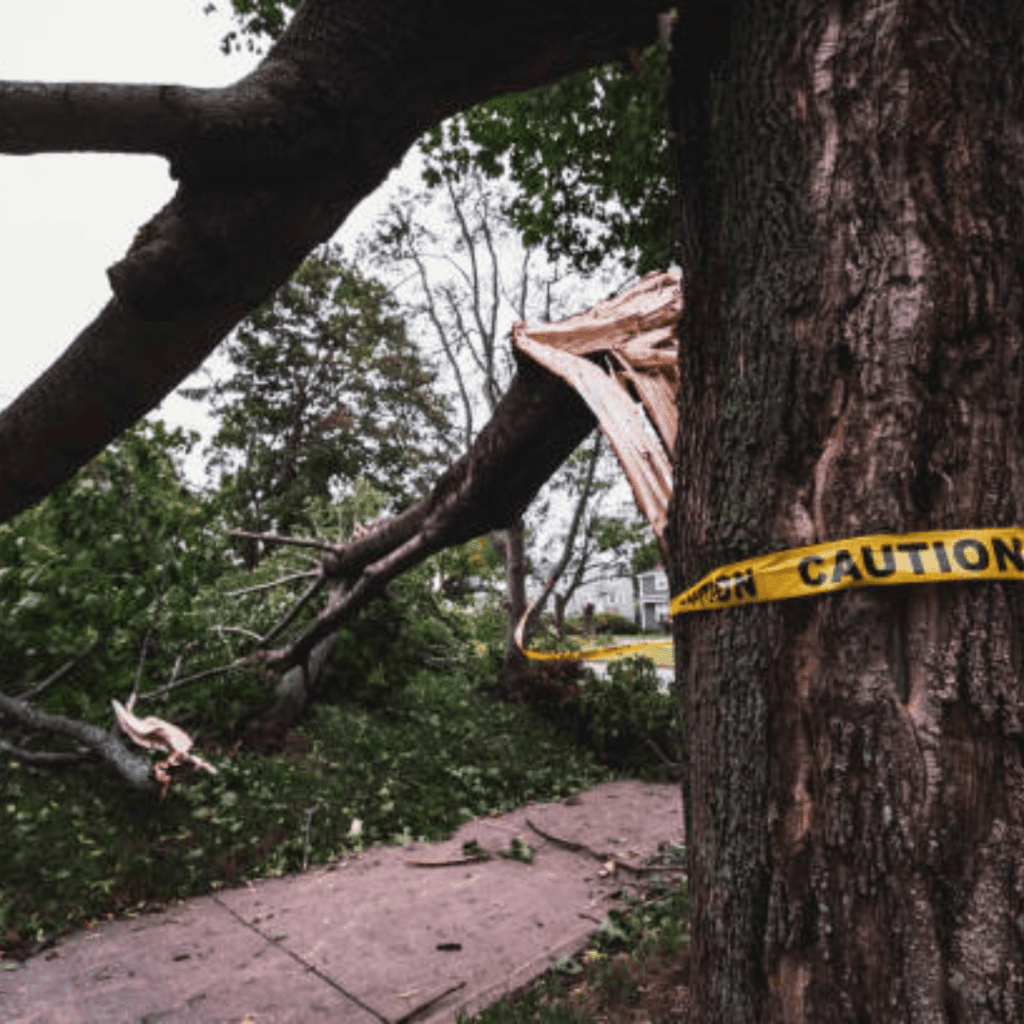
An emergency action plan is a comprehensive strategy designed to prepare your family for unexpected and potentially dangerous situations. It outlines the necessary steps to take when faced with various emergencies, ensuring the safety and well-being of your loved ones.
What is an Emergency Action Plan?
An emergency action plan is a detailed, written document that covers various aspects of emergency preparedness. It includes information on how to respond to different types of emergencies, emergency contact lists, evacuation routes, and a list of essential supplies. The plan serves as a guide, helping your family stay calm and respond effectively during a crisis.
Importance of Emergency Preparedness
Being prepared for emergencies is crucial for several reasons. Firstly, it can save lives by ensuring that your family knows what to do and where to go during a crisis. Additionally, having a plan in place can help minimize the impact of an emergency, reducing the risk of injury, property damage, and emotional trauma. It can quickly become chaotic when an unexpected emergency arises.
In my experience, my sister was in Florida when Hurricane Ian passed through her town, and she quickly went off the radar. The power went out all over the state for days, and search and rescue teams were making efforts to find people who scattered to safety in various places for survival. People went missing for days, and while understandably so, this can be avoided when families and communities come together for an effective emergency action plan for safety. Having safe designated areas and shelters in place that are easily accessible is crucial for communities and families to retreat to and know how and when to retreat to those shelters.
Types of Emergencies to Plan For
Your emergency action plan should cover a range of potential emergencies, including natural disasters (such as earthquakes, hurricanes, or wildfires), artificial disasters (like chemical spills or terrorist attacks), and personal emergencies (such as home fires or medical emergencies). By considering various scenarios, you can ensure that your family is prepared for any situation.
I have other articles I have written to help you plan for further safety.
- How My Family Survived a Category 4 Hurricane: Survival Tips
- A Comprehensive Guide to Wildfire Survival: Best Ways to Survive
- End Times Headlines: How Prepared Are You Really?
- How To Stay Safe During A Tornado Warning: Survival Tips!
- The Best Safe Rooms for Your Family: Escape the Chaos!
- How to Do Earthquake Drills: Are You Ready to Shake, Rattle, and Roll?
Benefits of an Emergency Action Plan
Having an emergency action plan offers numerous benefits:
- Improved Preparedness: With a plan in place, your family will know exactly what to do and where to go, reducing confusion and panic during an emergency.
- Enhanced Safety: A well-crafted plan can help minimize risks and ensure the safety of your loved ones.
- Peace of Mind: Knowing that you have a plan in place can provide a sense of security and reduce stress during difficult times.
- Faster Response: By having emergency contact information and evacuation routes readily available, your family can respond quickly and efficiently.
Developing an emergency action plan is a proactive step towards protecting your family and ensuring their well-being in the face of unexpected challenges.
Creating Your Emergency Action Plan
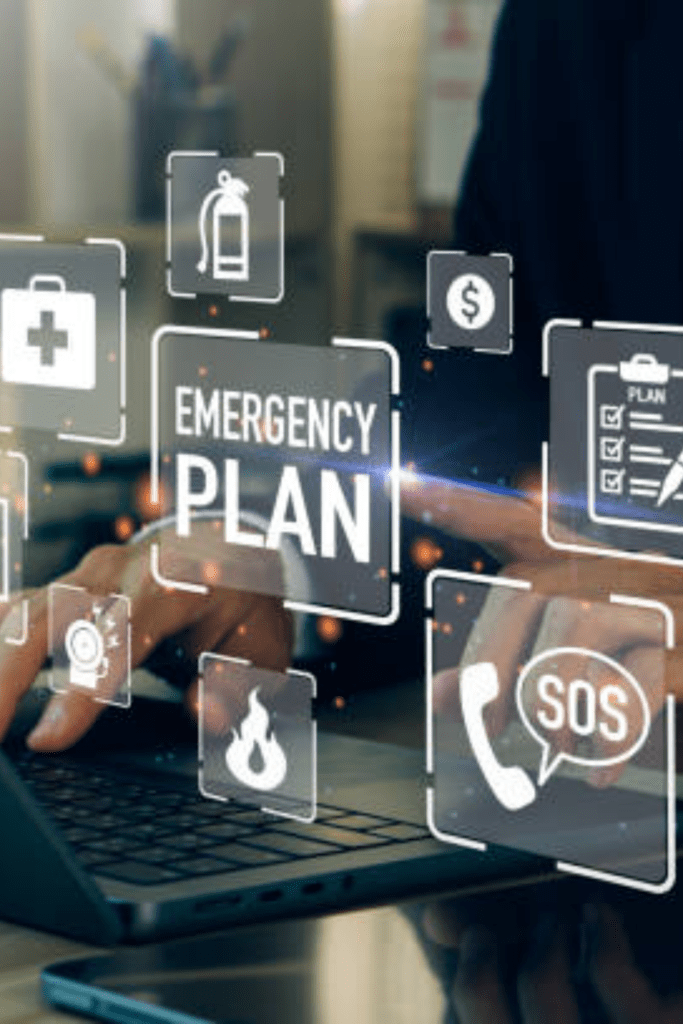
Creating an emergency action plan is crucial for ensuring the safety and well-being of your family in times of crisis. By taking proactive steps, you can minimize the risks and uncertainties that come with unexpected events.
Gathering Essential Information
The first step in crafting an effective emergency action plan is to gather essential information about your family members, including their contact details, medical needs, and any special requirements. Additionally, it’s essential to have a comprehensive list of emergency contacts, such as family members, friends, and emergency services in your area.
Assessing Potential Risks and Threats
Next, assess the potential risks and threats that your family may face based on your location and specific circumstances. These could include natural disasters like earthquakes, hurricanes, or floods, as well as arsenic emergencies like fires, power outages, or chemical leaks. Understanding the potential risks will help you develop appropriate strategies and protocols.
Establishing Communication Channels
Effective communication is vital during an emergency. Establish clear communication channels within your family and ensure that everyone understands how to reach each other and relay important information. Consider using a designated emergency meeting place or a communication app that works even when cellular networks are down.
Additionally, it’s essential to have a plan for staying informed about the situation by monitoring reliable news sources and following instructions from local authorities. Having a battery-powered radio or access to emergency alerts can help you stay updated and make informed decisions.
By creating a comprehensive emergency action plan, you can increase your family’s preparedness and ability to respond effectively in the face of unexpected challenges. Regular review and practice of the plan will help ensure that everyone is familiar with the procedures and can act swiftly when needed.
I have written an article on survival communication that can help you better prepare your family.
Emergency Supplies and Resources

When it comes to emergency preparedness, having the right supplies and resources can make all the difference. To ensure your family’s safety and well-being, it’s essential to have an emergency survival kit, secure food and water supplies, and safeguard important documents. Let’s explore each of these crucial elements.
Essential Survival Kit
A well-stocked survival kit should be a top priority. This kit should include basic necessities like first aid supplies, flashlights, batteries, emergency blankets, and a multi-tool. It’s also wise to include items like a hand-crank radio, whistle, and personal hygiene items. Remember, this kit should be easily accessible and portable, ready to grab and go in case of an emergency.
I have written many useful articles on how to prepare for survival.
- Survival Equipment Kit for Your Pets: Equip Fido and Whiskers Now!
- Get These Vital Emergency Survival Equipment Now!
- Best Emergency Food Suppliers to Stockpile Your Survival Pantry
- The Hottest Survivalist Gear for True Survivors: Survival of the Fittest!
- Get Lockdown Ready: Best Dollar Tree Survival Items
- What Do Doomsday Preppers Stock? Prep Like a Prepper Now
- Surviving the Unexpected: How to Plan a 6-Month Food Supply
- SHTF Prepper’s Pantry List: Apocalypse-Proof Your Food Supply Now!
- What Should Be in A 72-Hour Survival Kit?
- Buy or Die: Prepper Items You Need Now
Securing Food and Water Supplies
In an emergency situation, access to food and water can become limited. It’s recommended to have a stockpile of non-perishable food items and bottled water to last your family for at least 72 hours. Consider including high-energy foods like protein bars, nuts, and canned goods with a long shelf life. Additionally, have a plan for accessing clean water, such as storing water in clean containers or having a portable water filtration system.
Safeguarding Important Documents
Protecting important documents is often overlooked but crucial in an emergency. Create a waterproof and fireproof container to store copies of essential documents like birth certificates, passports, insurance policies, and medical records. You may also want to include cash, a backup of important digital files, and contact information for emergency services and loved ones.
Remember, being prepared is the key to navigating emergencies with confidence. By assembling the right supplies and resources, you’ll have the tools to keep your family safe, comfortable, and informed during unexpected situations.
Developing Family Emergency Procedures

In the event of an emergency, having a well-thought-out plan can make all the difference for your family’s safety and well-being. Developing clear procedures and practicing them regularly is crucial to ensure everyone knows what to do and where to go when disaster strikes.
Designating Safe Meeting Places
One of the first steps in your emergency plan should be to designate safe meeting places. These are predetermined locations where your family can reunite if you become separated during an emergency. Choose spots that are easy to find, accessible, and away from potential hazards. Consider having both a nearby meeting place, like a neighbor’s house, and a secondary location farther away in case you need to evacuate the area.
Practicing Evacuation Routes and Drills
Familiarize yourself and your family members with multiple evacuation routes from your home and workplace. Identify the quickest and safest paths to exit the premises, and practice using these routes during regular drills. Evacuation drills not only help reinforce the plan, but also identify potential bottlenecks or obstacles that need to be addressed.
Assigning Roles and Responsibilities
Clearly define roles and responsibilities for each family member during an emergency. For example, one person might be responsible for grabbing the emergency kit, while another ensures that pets are accounted for. Assigning specific tasks can help prevent confusion and ensure that essential actions are carried out promptly.
Remember, effective communication and practice are key to ensuring your family’s emergency plan runs smoothly. Review and update your procedures regularly, and don’t hesitate to seek guidance from local emergency management authorities. By taking these proactive steps, you’ll be better prepared to navigate unexpected situations and keep your loved ones safe.
Maintaining and Updating the Plan

Crafting an emergency action plan is just the first step in ensuring your family’s safety. It’s crucial to regularly maintain and update the plan to keep it relevant and effective. After all, circumstances can change, and your plan should adapt accordingly.
Regular Review and Revision
Set a recurring reminder to review your emergency action plan at least once a year. During this review, consider any changes in your family situation, such as new members, relocations, or changes in contact information. Additionally, assess if any new potential risks have emerged in your area that should be addressed in the plan.
Conducting Practice Drills
The best way to ensure your family is prepared is to practice your emergency plan regularly. Schedule drills for various scenarios, such as fire evacuations, severe weather events, or other emergencies relevant to your area. During these drills, identify any areas for improvement and update your plan accordingly.
Staying Informed on Emergency Preparedness
Stay up-to-date on the latest emergency preparedness guidelines and recommendations from local authorities, government agencies, and reputable organizations. This information can help you identify potential gaps or areas to strengthen your existing plan.
Maintaining and updating your emergency action plan is an ongoing process, but it’s crucial for ensuring your family’s safety. By regularly reviewing, practicing, and staying informed, you can have confidence that your plan will be effective when you need it most.
Involving the Community
Creating an effective emergency action plan for your family extends beyond your household – it involves collaborating with your local community. By fostering a culture of preparedness and utilizing available resources, you can enhance your family’s safety and resilience.
Coordinating with Neighbors and Local Authorities
In an emergency, your neighbors can be invaluable allies. Establish communication channels, exchange contact information, and discuss how you can support each other during a crisis. Local authorities, such as emergency services and community organizations, can provide guidance, resources, and up-to-date information. Attend community meetings and participate in emergency preparedness initiatives.
Utilizing Community Resources
Many communities offer resources to help families prepare for emergencies. Take advantage of educational programs, workshops, and training sessions offered by local authorities or organizations. These can equip you with essential skills, such as first aid, emergency communication, and disaster response techniques.
Fostering a Culture of Preparedness
Encourage your community to embrace a culture of preparedness. Organize neighborhood events or campaigns to raise awareness about emergency preparedness. Share your knowledge and experiences with others, and inspire them to develop their own emergency action plans. A well-prepared community is a resilient community.
By involving the community in your emergency action plan, you create a strong support system that can prove invaluable during challenging times. Together, you can better protect your family and contribute to the overall safety and well-being of your neighborhood.
Conclusion
Crafting an emergency action plan for your family is a vital step in ensuring everyone’s safety and preparedness during unexpected situations. We’ve covered essential elements like identifying potential risks, assembling emergency supplies, establishing communication protocols, and involving your community. However, the true value lies in regularly reviewing, updating, and practicing your plan.
Take the time to walk through different scenarios with your loved ones, ensuring everyone understands their roles and responsibilities. Encourage open communication and feedback to refine your plan continuously. Remember, an emergency action plan is a living document that should evolve as your family’s needs change.
Ultimately, the peace of mind that comes from being prepared is invaluable. By taking proactive steps today, you’re equipping your family with the tools and knowledge to navigate any crisis with confidence and resilience. So, embrace the process, stay vigilant, and take pride in creating a safer environment for those you love most.
Creating a solid emergency action plan is essential for living self-sufficiently—discover more in How to Live on Raw Land.
Planning a comprehensive emergency action plan is essential for any household, and you can explore a complete approach to preparedness in The Complete Guide to Emergency Preparedness: Everything You Need to Thrive in Any Situation.
Resources: Here are some helpful resources for further information.
- Develop & Implement an Emergency Action Plan (EAP) – By Occupational Saftey and Health Administration
- Emergency Action Plan – By Center for the Study of Traumatic Stress
- Emergency Response Plan – By Ready.gov
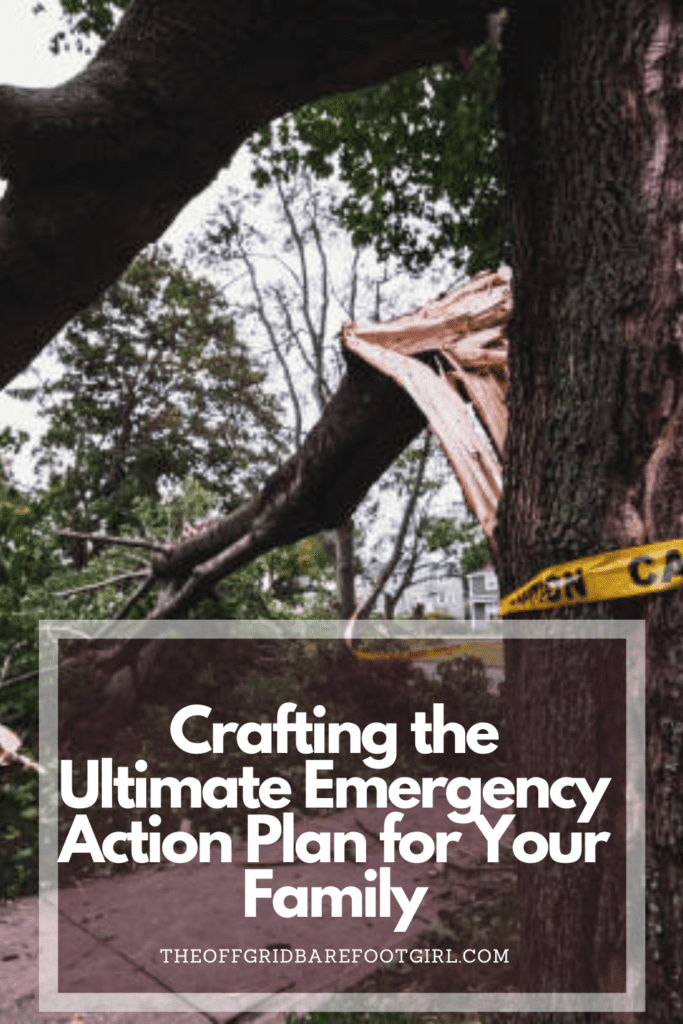
Summary
I hope I have inspired you to help you prepare your family for emergencies with these helpful tips and products. Here are some other links you may be interested in reading!
How to Create a Cozy Home Anytime of the Year!
The Best Portable Generators By Generac
Best Ideas for Backpacking Meals: Fuel Your Adventure!
End Times Headlines: How Prepared Are You Really?
Hiking the High Desert: Survival Tips You Should Never Ignore!
SHTF Planning: How to Survive the High Desert Bootcamp!
Survival Skills Training: Into the Backwoods with a Master Survivalist!
Choosing the Best Survival Cooking Kit: The Ultimate Guide
Survive the Peaks: The Best Avalanche Gear on the Market!
Bug In and Survive a Grid Down: Survival Training Course!
Bugout Bags and Survival Training Course with Grid Down Consulting!
Self-Sufficiency and Survival Posts!
Get These Vital Emergency Survival Equipment Now!
Bartering: How To Negotiate Commodities with Astonishing Results!
Warning: Why You Need Whole Home Water Purification Now!
How to Design Off Grid Power Systems for Your Homestead
How Many Watts Does a Fridge Use? Energy Efficient Guide
The Best States for Off Grid Living: Unplugged and Thriving
Composting Toilet Systems Are Surging: Ditch Your Septic Tank Now!
Are Greywater Tanks the Key to Sustainable Living? Find Out Now!
How to Live Off-Grid: 11 Tips to Survive and Thrive!
Are Survival Food Kits Worth It? The Truth Revealed!
Do You Really Need Faraday Bags? The Shocking Truth Revealed!
The Best Doomsday Preppers Blogs to Follow Now Before SHTF!
The Ultimate Camping Gear Checklist: Everything You Need for an Adventure
The Ultimate Spring Cleaning House Checklist: Deep Clean with Me!
How Supporting Farmer’s Markets Makes a Difference
Eco-Friendly Christmas: How to Have an Eco-Friendly Christmas
How to Winterize Your Home: Prepare for Jack Frost’s Wrath!
Proven Hacks to Make Your Christmas Tree Survive
What Thanksgiving Teaches Us About Survival
Homeless Survival Hacks to Overcome Adversity
More Self-Sufficiency Posts!
Is Your Car Ready for Winter? The Ultimate Checklist for Your Winter Emergency Car Kit
What The Walking Dead Can Teach Us About Survival: The Walking Dead Survival Tactics
Get Lockdown Ready: Best Dollar Tree Survival Items
Understanding Water Purification Methods for Survival: Best Practices Explained
Thirsty for Survival: Expert Guide to Emergency Water Prep Tactics
The Benefits of Urban Homesteading: Revolutionize Your City Life
Practical Pantry Prepper: Essential Guide
How to Grocery Shop Once a Month
What Should Be in A 72-Hour Survival Kit?
Buy or Die: Prepper Items You Need Now
How to Learn 58 Self-Sufficient Skills Right Now
Road to Self-Sufficiency: How to Start Your Journey
If you were encouraged by this post, I invite you to check out my FREE Printables Page for fun free printables, planners, and charts.
ENTER MY FREE Printables Page HERE
Blessings,
The Off Grid Barefoot Girl

